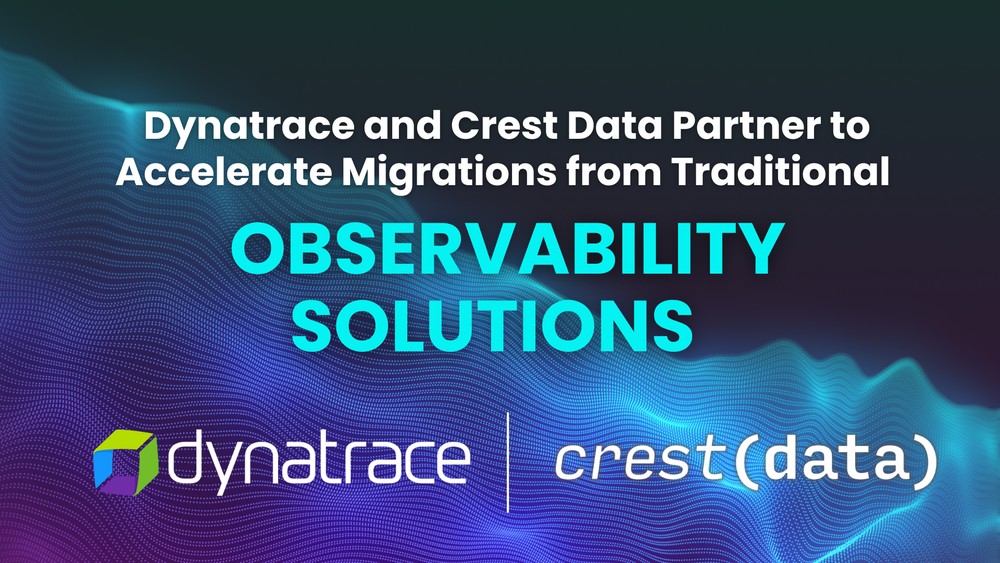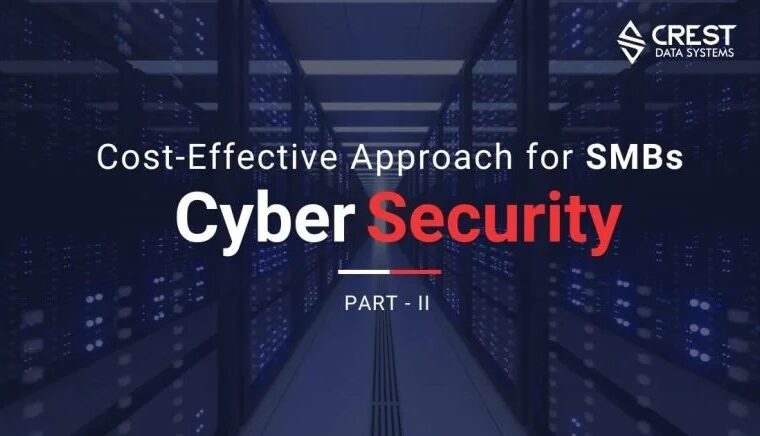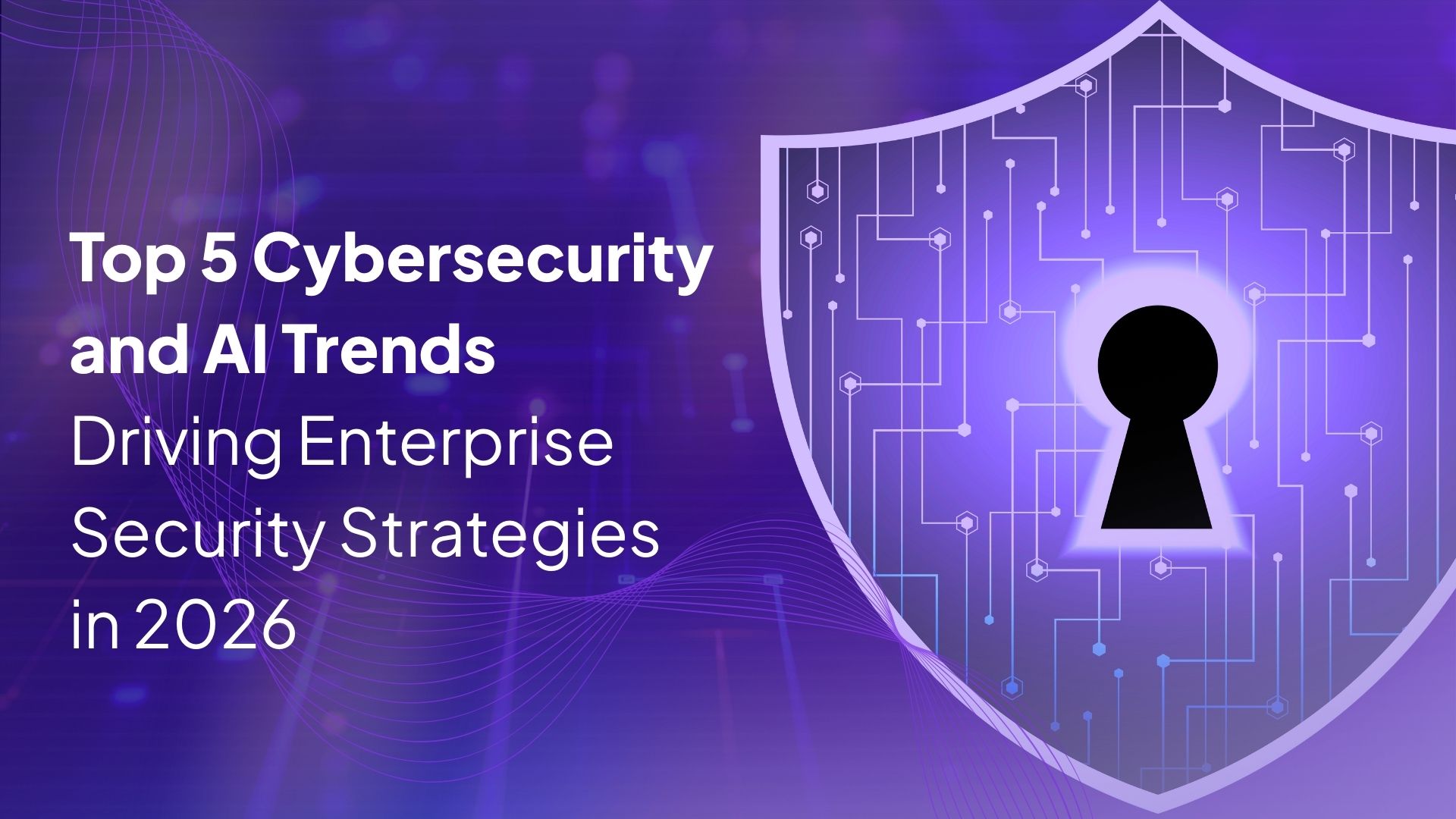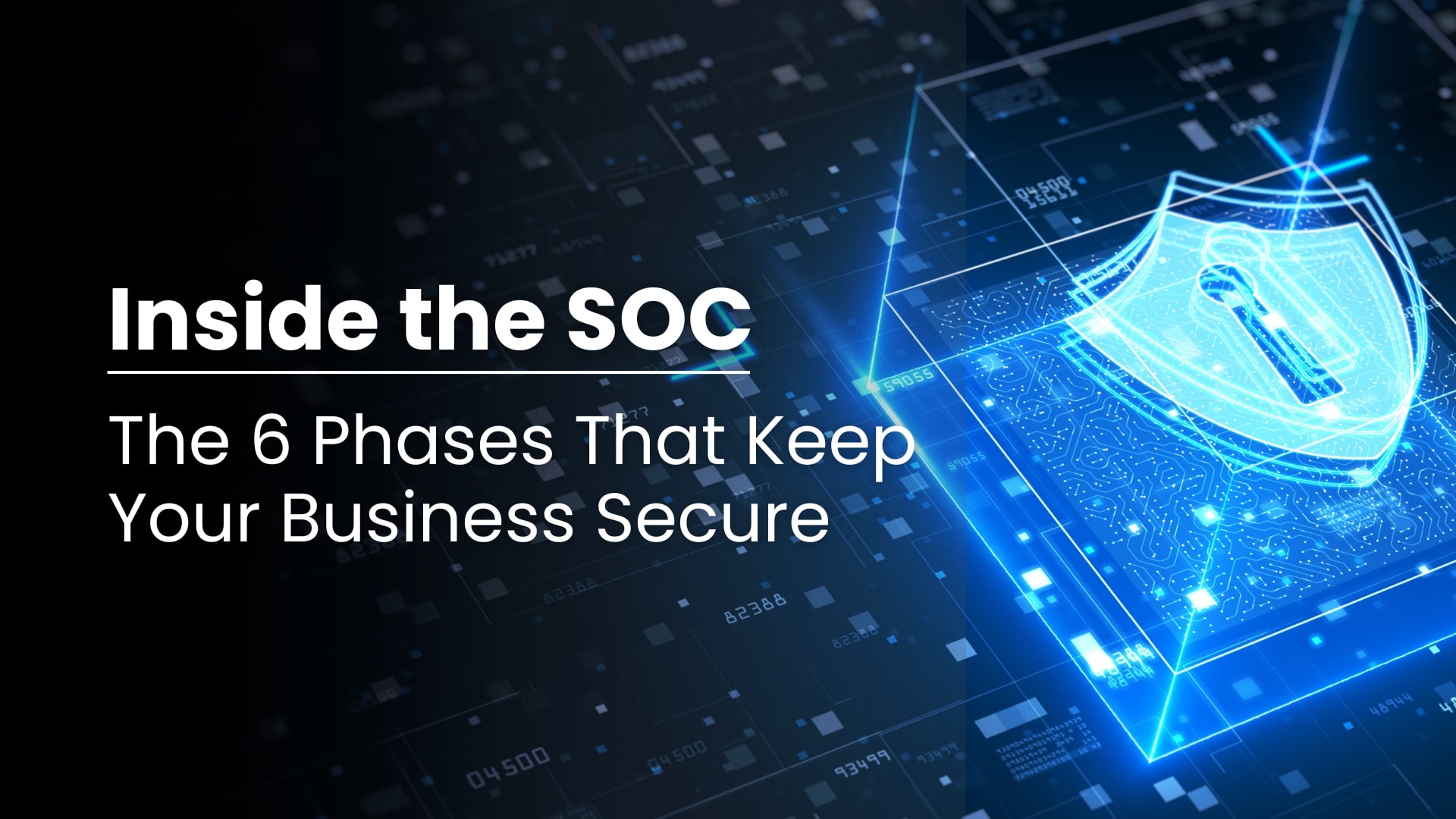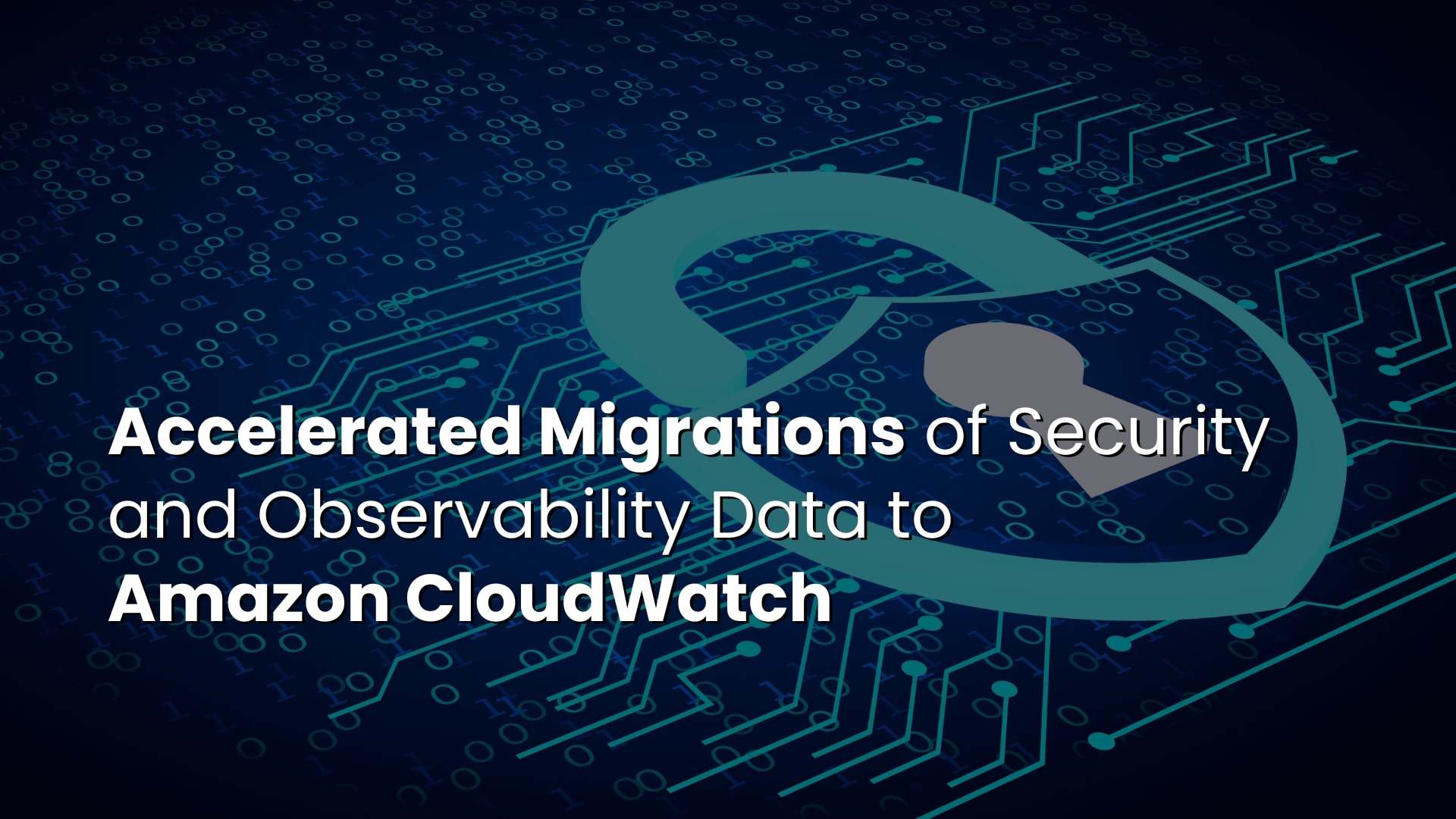The Cost-Effective Approach to Cybersecurity for SMBs – Part 2
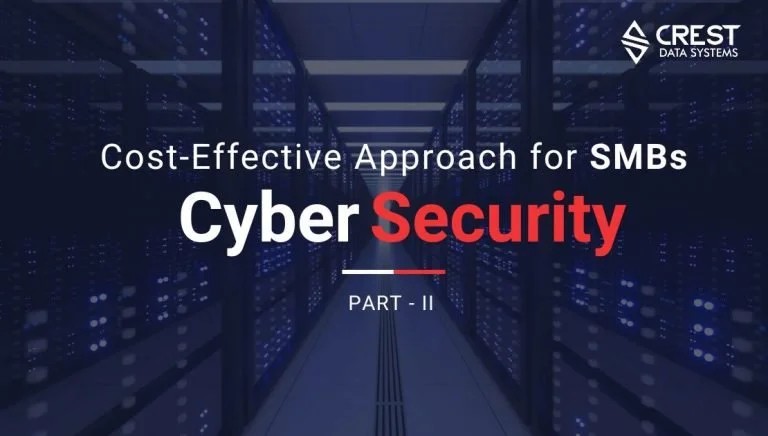
We discuss here some cost-effective strategies you can deploy to secure your critical technology assets.
For some of the properties and functionalities you should seek in a cybersecurity solution please visit our prior blog.
In this blog, we will discuss the following approaches:
1. DNS-Layer Security
2. Zero Trust Security Protocols
3. Diagnostic and Prognostic Checks
4. Technology Best-Practices: Update Software, Backup Data, and Insurance
1. DNS-Layer Security
Domain Name System (DNS) is one of the first touchpoints where an internet connection is established. If the security is compromised, it can compromise all the other critical IT infrastructure coming in contact with the traffic flow from DNS. This is why some form of DNS infiltration was found in over 91% of malware attacks studied by a Cisco research team.
DNS-level security can provide visibility across all the touchpoints in your network in a matter of minutes. Moreover, by safeguarding DNS and IP layers, you can secure your cyber assets by blocking ransomware, phishing attempts, and malware even before your network establishes a connection with a malicious source. This protects your devices irrespective of their native security settings or operating systems.
2. Zero Trust Security Protocols
The conventional IT security protocols focused on networks, clouds, apps, and devices. For most businesses, securing these touchpoints was equivalent to securing every cyber asset critical to business continuity. Focusing on identity was a niche practice deployed only by the most sophisticated businesses. Zero trust protocols changed that practice.
The basic principle behind zero trust is built to cover the vulnerabilities of the ‘castle & moat’ practices. With such practices, everyone inside the private network had complete access to the entire network while no access was available to people outside the network. That left internal threats unchecked. Zero trust is a comprehensive philosophy that dictates that no one should be trusted on a private network.
With multi factor authentication, you can add another layer of security to your zero-trust approach. Some of its common principles include rules like least privilege access which ensures only the required information is available to each professional. It can also include micro-segmentation, where the security perimeters are divided into several micro-segments instead of operating on large and inclusive ones.
3. Diagnostic and Prognostic Checks
While this might sound intuitive, having diagnostic and prognostic checks can mitigate several cybersecurity risks. Diagnostic assessments are conducted right after an issue has been detected on your systems. If your cybersecurity tool reports threats with the proper context, performing root cause analysis can be easy.
Prognostic or proactive checks might require much more than an antivirus scan. Your cybersecurity tool will observe the activities on your network and contrast them with the baseline activities to detect early signs of a threat.
4. Technology Best-Practices: Update Software, Backup Data, and Insurance
Outdated software can be a virtual invite to cyber attackers. Such software solutions are outside the warranty and support of the software publisher. Usually, such software is several generations old and hence does not have native firewall capabilities to safeguard your enterprise assets. Hence, updating software is one of the easiest ways to seal this gap.
Alongside this, make sure you have at least three backups of your data stored in different locations and formats. This might not be the most technologically advanced solution, but it ensures quick recovery right after an attack.
Some SMB’s in regulated industries need to adhere to certain Security Compliance Frameworks. These SMBs should approach security compliance by first identifying the regulations and standards that apply to their industry and business. They should then conduct a risk assessment to determine their current security posture and identify any gaps. Next, they should implement security controls and policies to address these gaps and ensure compliance. Regular monitoring, testing, and updating of security measures are essential to maintaining compliance and protecting against new threats. Engaging with a qualified security service provider can provide expert guidance, resources, and support to help SMBs achieve and maintain compliance.
Lastly, get a cyber insurance policy covering the liabilities your business might have posted a security breach. These are often third-party liabilities arising out of sensitive data leaks, intellectual property damage, etc.
In Conclusion
While large enterprises have dedicated resources like Security Operations Centers (SOC), SMBs undergo a different trajectory compared to their large enterprise counterparts to attain a mature security posture.
To summarize, ensure your cybersecurity provides you complete visibility, interoperability, scalability, hunting & early detection capabilities, analytics & incident reporting, low latency, and on-demand access to experts.
You can take cost-effective approaches like:
Assuring DNS Layer Security
Zero Trust Security
Diagnostic & Prognostic Checks
Updated Software, Backed-Up Data, and Cyber Insurance


